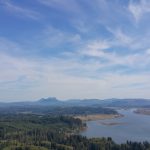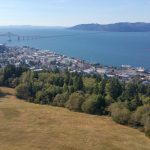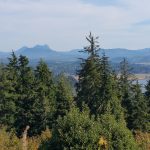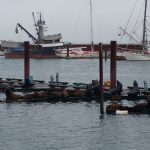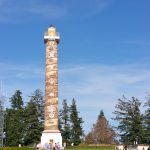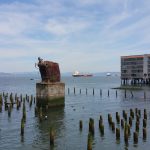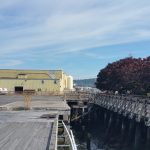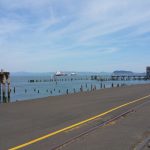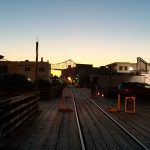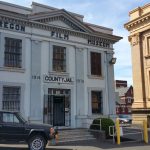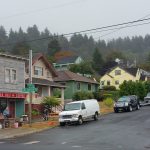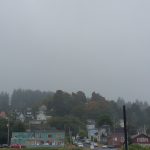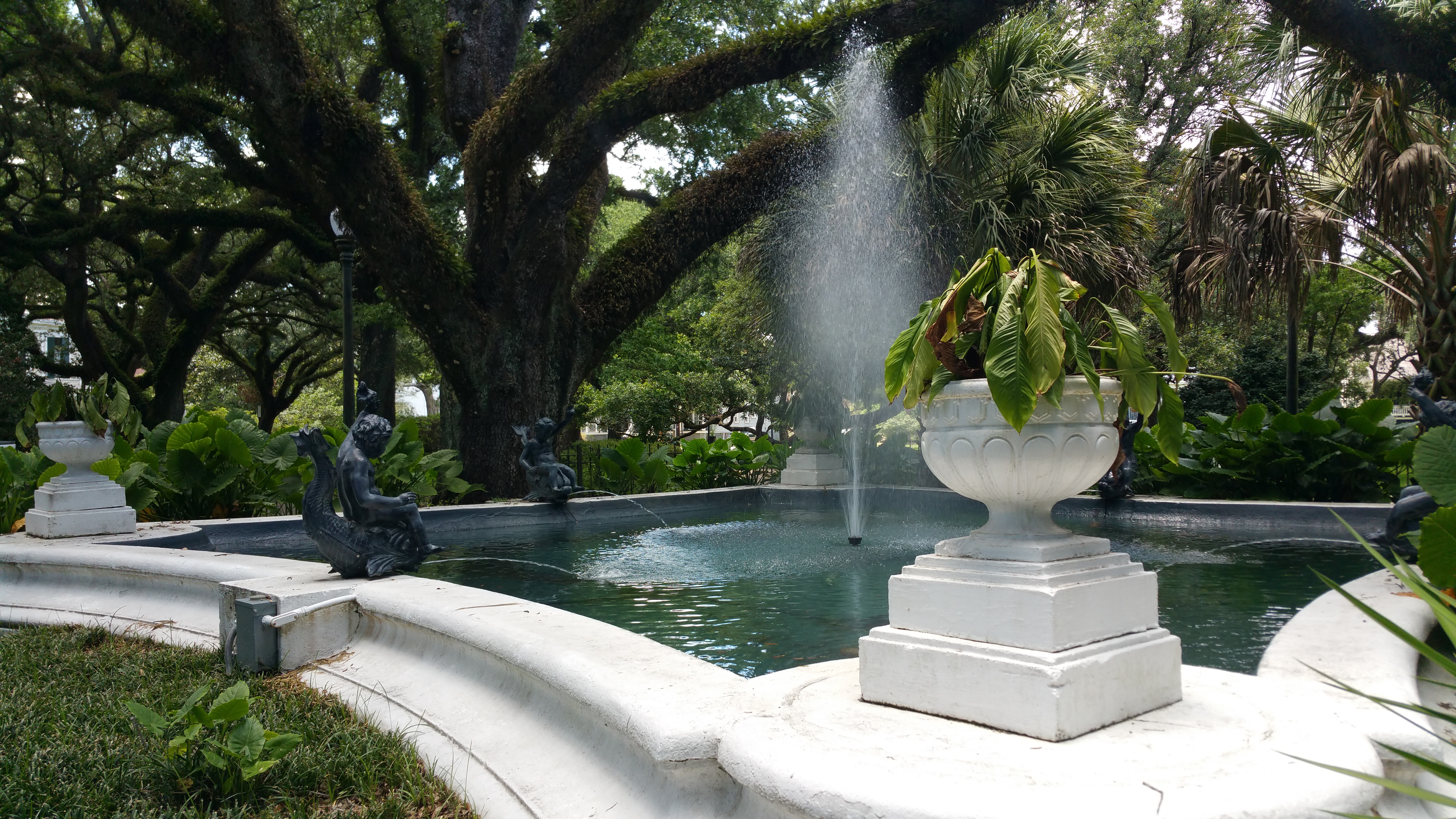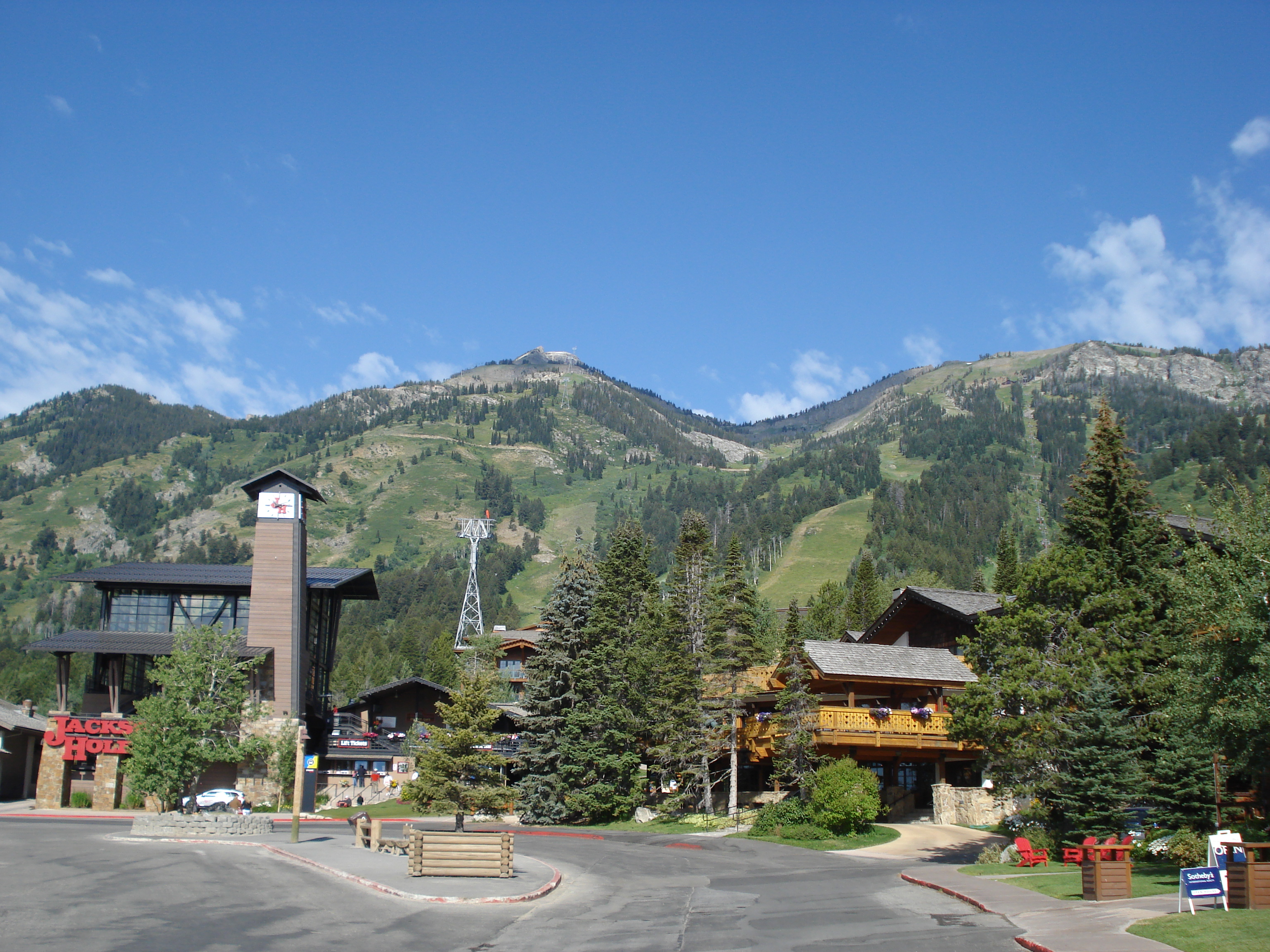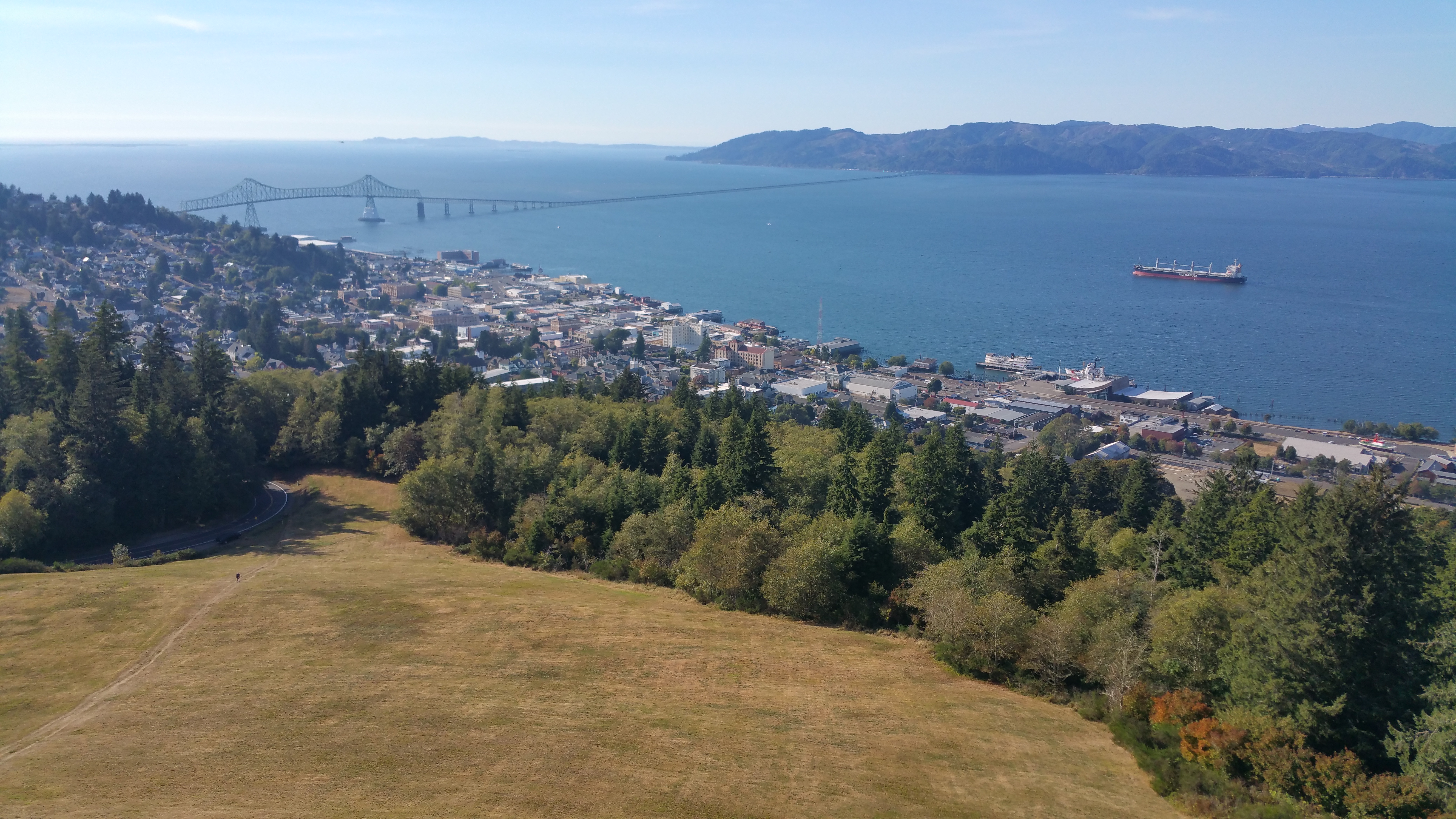
Astoria, OR
Located at the mouth of the Columbia River, Astoria is a wonderfully historic, scenic city. It was the first permanent U.S. settlement on the Pacific coast, and had the first Post Office west of the Rockies. For almost a century it was the salmon fishing and canning capital of the world, reminders of which can be found in the repurposed warehouses along the waterfront. It was also the filming location for The Goonies, which is reason alone to visit this somewhat sleepy town.
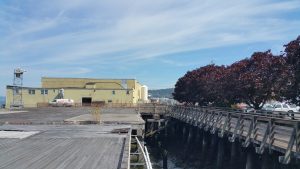
Though the area was long inhabited by the Clatsop Indians, in 1792 Rhode Island born fur trader Captain John Gray became the first non-native to breach the mouth of the Columbia River, which he named after his ship. Within a decade, Lewis and Clark would arrive in the area, sent by Jefferson himself following the Louisiana Purchase. Soon, westward expansion was in full swing, and millions of American’s started settling in the new territories.
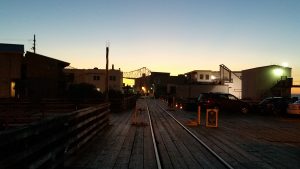
The area now known as Astoria started out as a fur trading outpost for John Jacob Astor’s Pacific Fur Company in 1811. Beating the British by only two months, the area was claimed for the United States, and served as a vital trade hub, for a short while. During the War of 1812, PFC sold their interest to the British NorthWest Company; the area was renamed Fort George, and would remain under British control until 1818, when a treaty with England established joint occupation of the territory. Shockingly, this arrangement persisted until 1846, when the Oregon Treaty set the international border at the 49th parallel, making ownership of Oregon solely American.
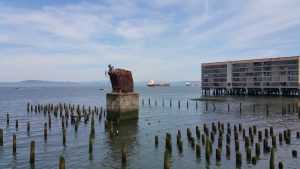
Over the next several decades, the port city known once again as Astoria grew steadily. Fishing, canning, and lumber attracted Americans as well as Finnish and Chinese settlers to the area. Indeed, Astoria was once the salmon fishing and canning capital of the world. Aside from devastating fires in 1883 and 1922, the city thrived; in 1945 there were 30 canneries along the Columbia River. However, times change, and by 1980 the last of Astoria’s canneries had closed. A decline in the lumber industry followed, and in 1989 the city’s largest employer, Astoria Plywood Mill, also shuttered operations. The future seemed far from certain for the small riverfront town.
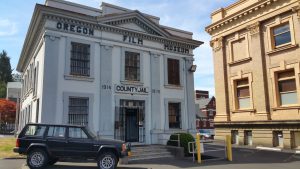
Had Astoria not been so photogenic and atmospheric, it may not have survived. However, Hollywood came calling, and several huge movies were filmed in the town. Aside from The Goonies, Astoria was also the filming location for Short Circuit, Kindergarten Cop, Free Willy, The Ring Two, and Into the Wild. Today, people are drawn to the city to see filming locations, as well as props displayed in the Oregon Film Museum. Many sites remain unchanged, and are easily recognizable. Just don’t visit the Goonies house on 38th Street- the owner is not a fan, or at least not a fan of fans. He will call the police on you. It would however be perfectly fitting if a police chase ensued; just make sure there is an ORV rally scheduled.
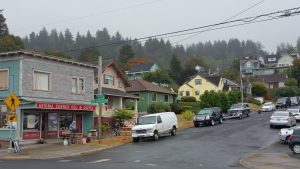
The increase of tourism has lead to the revitalization of the town; a spate of new restaurants and craft breweries have opened in the last few years, with most located in historic Astoria buildings. Win, win. At Buoy Boy Brewing, located in a converted waterfront industrial warehouse, glass panels in the floor allow you to spy on sleepy sea lions. Which is pretty cool. The Fort George Brewery, located in an old service station, offers over 30 varieties of beer, and excellent food. You will be thankful that Astoria is wonderfully walkable. There are several hotels in the downtown area, but for an experience you will never forget, stay over the water at Cannery Pier. Trust me, its worth it.
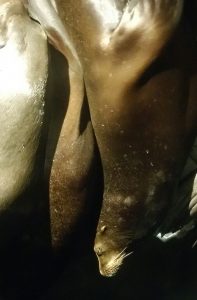
Before leaving town, stop at Astoria’s highest point, Coxcomb Hill, which offers sweeping river views. It is also home to the Astoria Column, a historic monument patterned after the Trajan Column in Rome. Constructed in 1926 by the Great Northern Railway and relatives of John Jacob Astor, the 125 foot column is painted with murals depicting Astoria’s history.
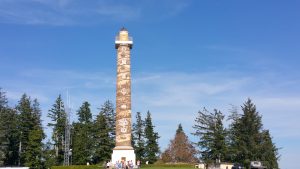
Inside, 164 terrifying steps lead to the observation deck, which in all fairness offers a magnificent view of the Columbia River. You can even launch balsam airplanes from the top, and watch them glide back to the ground. It is however not for anyone with a fear of heights or claustrophobia, as I can attest. I could not wait to get out of the column, and would probably only climb it again if it was not crowded. Actually, I am pretty sure given its tight, narrow, skull smashing stairs I would never climb it again. But the view was fabulous, and I am glad I did it once. You can even see the misshapen cone of Mount St. Helen’s in the distance.
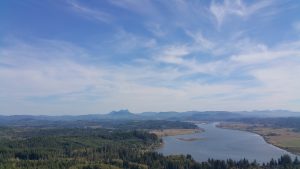
Even if you choose not to climb, the views from the base are outstanding.
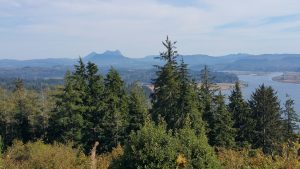
Astoria is a great small town that displays its history proudly, and retains enough of its gritty past to feel authentic. It also allows you to be a Goonie for a day, which to any child of the 80s, is a priceless experience.
